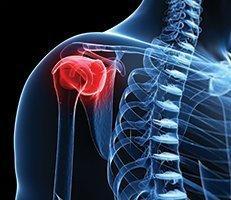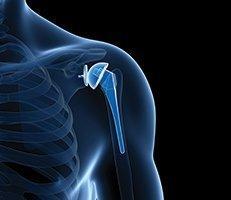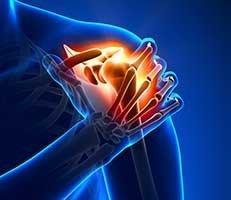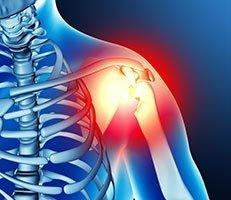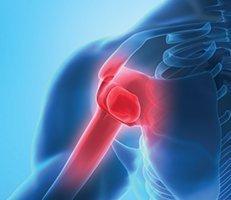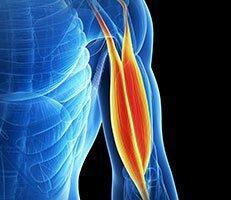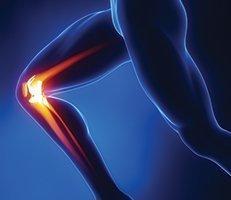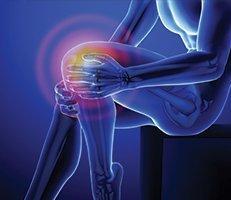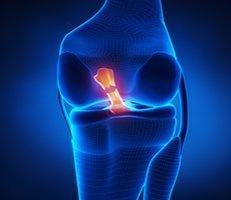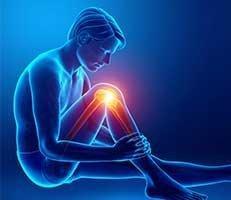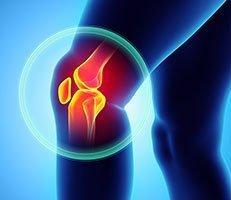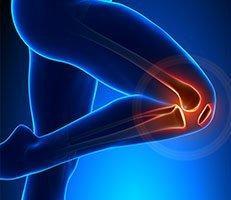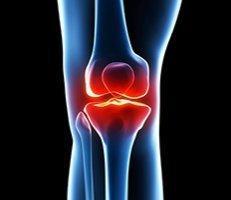Anterior cruciate ligament reconstruction is one of the most common procedures performed in sports medicine today. Athletes of all ages are prone to tears in the knee, but female teen athletes seem to be at a higher risk. ACL injuries are most common among athletes, and especially women, who participate in activities and sports that involve jumping, pivoting, or sudden changes in direction.
To learn more about ACL reconstruction, please click here.
Anterior Cruciate Ligament Injury Risk and Gender
The gender disparity in ACL injury is not completely understood, however there are several leading theories. Anatomy, hormones, and neuromuscular function/biomechanics likely all factor into a higher risk of an injury in the knee. External factors may involve the weather conditions, equipment, shoes, playing surfaces, and bracing of the knee. Alignment, width, and size of the anterior cruciate ligament also factor into the risk of injury. A specific gene has been identified that may be associated with the risk of tears in females.
Female Risk Factors for ACL Tears Hormones such as estrogen influence ligament laxity (stretchiness) by controlling collagen synthesis and degradation. Thus, monthly variations in hormone levels may also play an important role in female injuries by influencing the flexibility of the ACL and other supporting ligaments.
Hormones such as estrogen influence ligament laxity (stretchiness) by controlling collagen synthesis and degradation. Thus, monthly variations in hormone levels may also play an important role in female injuries by influencing the flexibility of the ACL and other supporting ligaments.
Research is being used to identify the differences between male and female ACL injuries. In better understanding the risks and differences in non-contact tears of the anterior cruciate ligament, orthopedic surgeons can provide patients with more effective treatment options.
Gender Differences
Several biomechanical studies have demonstrated a difference in the muscle firing patterns of males and females. When landing from a jump, females tend to land with a straight knee and straight, internally rotated hip. This pattern of muscle activation puts increased stress on ligaments on the knee, thus increasing the risk of a tear.
Muscle stiffness and composition differences between men and women may also be a contributing factor to women’s higher risk of ACL tears. A woman’s anterior cruciate ligament may be smaller than a man’s, which could make it more susceptible to injury. Because the hamstrings act as dynamic stabilizer of the knee, some experts suggest that relatively weak hamstrings may also increase the risk for female athletes.
Anatomic alignment differences, especially the quadriceps angle (Q-angle), have also been identified as possible causes of the higher injury rate in women. As noted above, there is a difference in neuromuscular control when women land from a jump and this increased angle at the knee joint may place the ligament in an even more vulnerable position.
Preventing Ligament Injuries
While anatomic issues may seem difficult to modify, certain types of training can help prevent knee injuries in both men and women. To promote stability in the knee, exercises such as leg presses, squats, and lunges may be beneficial. Workout machines such as the stair climber, stationary bike, elliptical trainer, or ski machine may also help keep the knees strong. There are validated exercise routines that help decrease (though not eliminate) the risk of ACL injury in sports, and Dr. Millstein routinely discusses these programs with his patients.
Treating the Gender Difference
Male and female patients react to and experience musculoskeletal injuries and conditions differently. As a surgeon, it’s important to avoid a one size fits all mentality when it comes to the diagnosis and treatment of ACL ruptures. These injuries are influenced by a variety of factors, and all factors should be considered when treating knee injuries.
At his offices in Beverly Hills, sports medicine specialists Dr. Millstein takes a customized approach to each of his patients by providing personalized care and treatment to help ensure successful surgical outcomes. Dr. Millstein carefully evaluates each individual case before determining proper treatment. In this way, patients can be assured that they’re received treatment uniquely suited their individual needs.
Next read about knee anatomy.

